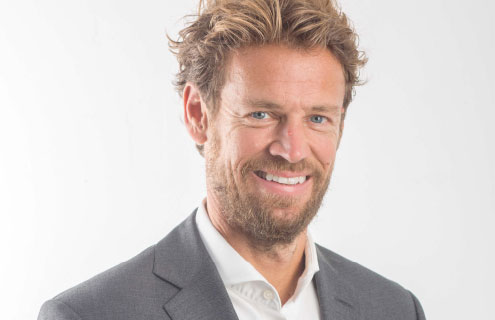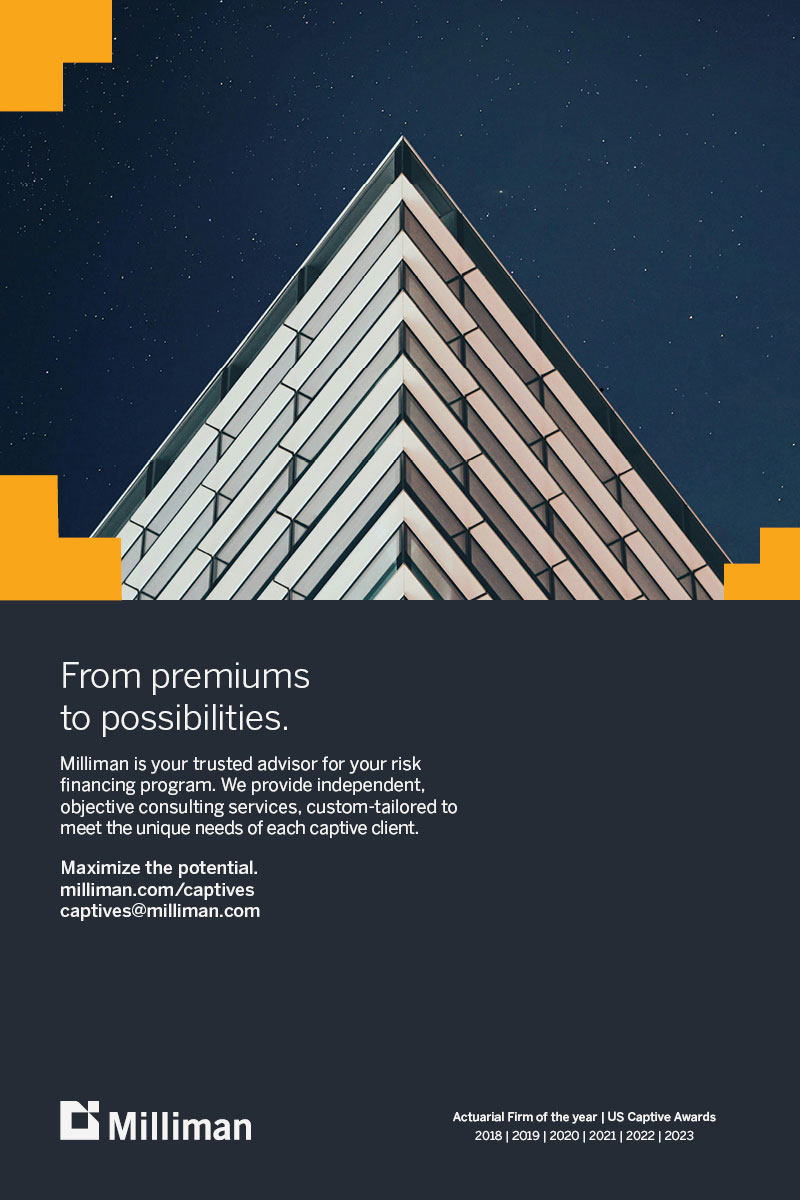DARAG group
DARAG group CEO Tom Booth discusses his new role, the company’s latest venture and what the future holds
This year has proven an exciting one for DARAG so far. In July, former Randall and Quilter Investment group CFO Tom Booth joined as group CEO, in August, James Halley was appointed new group CFO, and following equity funding of €260 million to develop a platform for the build-out of its US operations DARAG launched a joint venture into the US and Bermuda/Carribean run-off markets with SOBC. Earlier this month SOBC DARAG completed its first acquisition; Peachtree Casualty Insurance.
Captive Insurance Times caught up with Booth to find out how his first few months at DARAG have been, discuss the new joint venture, and find out what the future holds for the company.
How have you settled into your new role at DARAG?
Very well. I was delighted to join DARAG and to be part of the exciting expansion that is happening here. The company has a great reputation in Europe, having delivered 24 deals. Now, with the new capital that was announced in July, a commitment of €260 million from Aleph Capital and Crestview Partners, we have the firepower to go to the next stage. I think there is a great opportunity in run-off generally and we have a really exciting pipeline, which has a number of opportunities we are expecting to convert into transactions before the end of the year.
What was your motivation for taking the role?
The new capital coming in was part of the motivation. It puts us in a great spot and distances ourselves from a lot of our peers. It is a capital-intensive industry, so you need that access to capital to be able to purchase run-off portfolios and to provide capital to support the run-off portfolios that you assume. Obviously, sellers are very keen to see that people have got significant balance sheet commitment behind them, which we now have.
I was also very impressed with DARAG’s track record in continental Europe. I think it has a unique position in Germany and Italy, where it has carriers, substantial presence and staff. It really does make a big difference to the continental European market having that local staff. We have people of all languages and cultures across Europe and a great network of people opening doors for us. Being able to use the strong European base and the backing of the new capital as a springboard to expand into the US was also very attractive.
What is SOBC DARAG?
In addition to the core focus on continental Europe, we launched a joint venture with SOBC Sandell and are pleased to have completed our first acquisition: Peachtree Insurance, an auto insurer in run-off based in Florida, which we hope will be the first of many deals on that side of the Atlantic. The joint venture with SOBC gives us the opportunity to put both organisations’ strengths together.
They have a strong claims operation, financial office, and infrastructure, two US-based executives, and a good pipeline of their own and we are able to supplement that through our pipeline in addition to supporting them where necessary on some of the core functions. That is very exciting for DARAG and we think there is going to be a lot of opportunity that we can convert into deals in that market in the same way we have been doing in Europe. Following the acquisition of Peachtree, we are very hopeful that we will be announcing something else very shortly.
How did the joint venture with SOBC happen? What was the driving force behind it?
I have known the people at SOBC for a long period of time. They were looking to find a new home, to have access to capital and plug into a larger group infrastructure. It was an excellent match between the two sides. They were seeing enhanced opportunities and not being able to meet the capital required. They have been very successful since they started, despite being reasonably capital constrained, so, it just made a lot of sense putting the two organisations together in this joint venture.
It is based on a lot of mutual respect. It is a pooling of address books and of expertise. They have on-the-ground and more direct day-to-day experience in the US market and the infrastructure to handle our expansion and to scale up accordingly.
With the €260 capital funding, the arrival of yourself and James Halley and the joint venture with SOBC, is now an exciting time for DARAG?
Very much so. It is not just the addition of the capital, we have also strengthened the management. We already had a fantastic team, it was simply adding to that and bringing in a couple of key management roles. The machine is working extremely well already, with a really dynamic and energetic workforce who are very skilled and focused. DARAG is very focused on run off.
Is 2019 shaping up to be a busy year for DARAG?
It absolutely is, with significant portfolio transfer opportunities in an increasing number of jurisdictions in Europe. In the US, there will be a focus on buying insurance companies in the US that are in run-off or are about to be put into run-off, and on captive entities–buy ups of captives in run-off, buy ups of captive policies, buy ups of liabilities under deductible programmes, and deals with risk retention groups and other self-insured entities. It is very much a focus on the self-insured market in the US. We will also be writing loss portfolio transfers and adverse development covers of insurance carriers in the US.
Do you think the run-off market is a strong place to be right now?
I really do and I think there are different factors pushing it. Obviously, there has been a surge of interest in run-off and in the European market that appears to be cemented by the fact that some of the large carriers have become perennial sellers of run-off and it has become a much more mainstream product to produce capital relief.
In the US market there is some interest in the new portfolio transfer legislation, but it is a huge market and a very dynamic marketplace anyway. The structure is different in the US than in Europe, there are a lot of smaller entities, which fits our strategy, and there are a lot of association pooled risk, through captives and other insured entities. They have a finite lifespan and often with liability business it is very difficult to get out of that, so we offer a really flexible range of exit solutions. The more aware that people are of those solutions in the market, the more opportunity flows our way.
We have a lot of brokers that we deal with regularly in both the US and in the UK as well as in Europe and even they are scaling up because they have just seen much more flow. The dynamics are slightly different on each side of the Atlantic, but we absolutely see there being a lot of opportunity.





